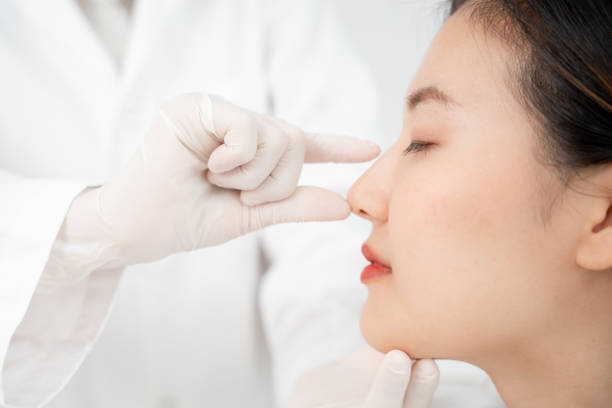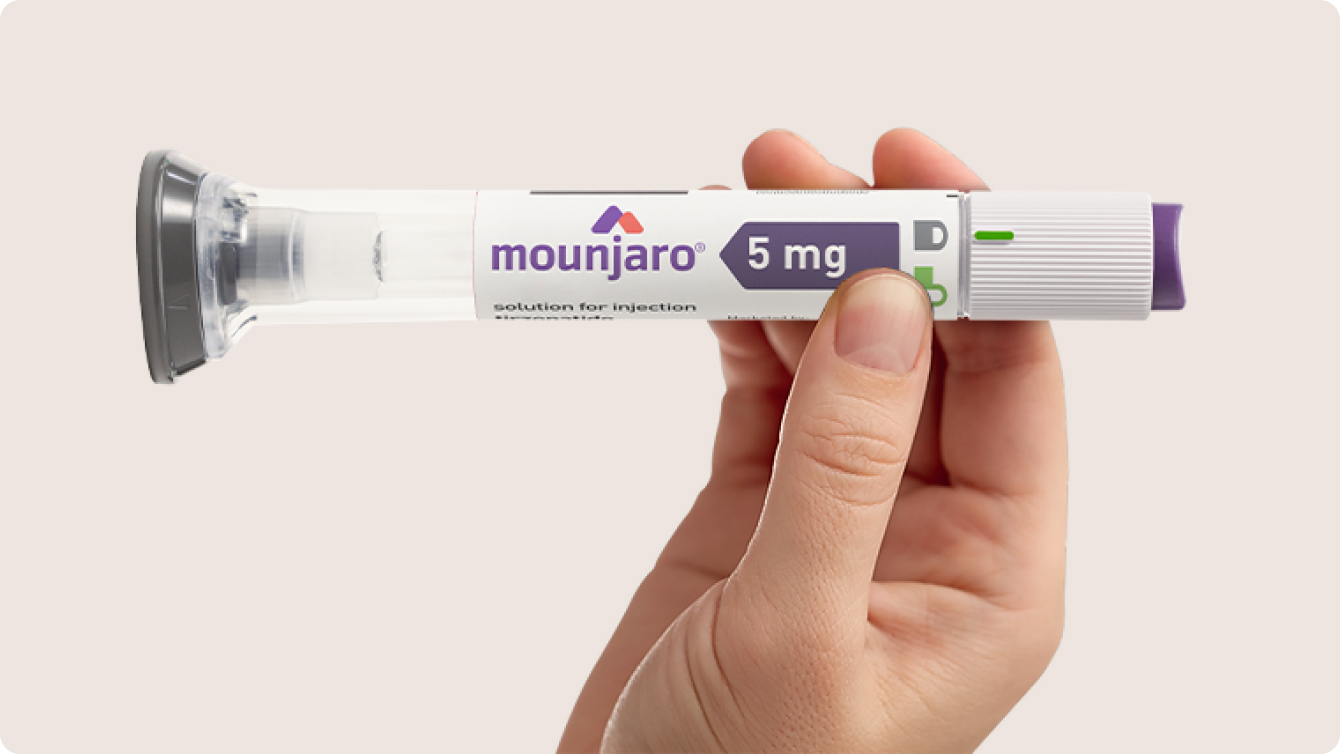Rhinoplasty, commonly known as a nose job, is a popular cosmetic procedure aimed at reshaping or resizing the nose to achieve aesthetic harmony. Beyond its cosmetic benefits, many individuals seek rhinoplasty to address functional issues, particularly breathing difficulties. If you’re considering Rhinoplasty in Abu Dhabi, understanding its potential to improve breathing function is essential. This comprehensive guide explores how rhinoplasty can impact nasal airflow, the factors that influence surgical outcomes, and what to expect from the procedure.
Understanding Rhinoplasty and Its Dual Purpose
What Is Rhinoplasty?
Rhinoplasty is a surgical intervention designed to modify the shape, size, or structure of the nose. While many pursue this procedure for aesthetic enhancement, it also serves therapeutic purposes by correcting structural abnormalities that hinder normal breathing.
Cosmetic vs. Functional Rhinoplasty
- Cosmetic Rhinoplasty: Focuses on improving the appearance of the nose, such as refining the nasal tip, straightening a crooked nose, or reducing nasal hump.
- Functional Rhinoplasty: Aims to correct internal or external nasal issues that cause breathing problems, such as a deviated septum or nasal obstructions.
Note: Most rhinoplasties performed today combine both aesthetic and functional improvements, especially when structural issues are present.
How Rhinoplasty Can Improve Breathing
Addressing Structural Causes of Breathing Difficulties
Breathing problems often stem from anatomical issues within the nose, such as:
Deviated septum (a displaced or crooked nasal septum)
Enlarged turbinates (structures inside the nose that humidify and filter air)
Nasal valve collapse (weakness of the internal nasal valve)
Rhinoplasty can correct these structural abnormalities, thereby restoring proper airflow and improving breathing comfort.
Functional Benefits of Rhinoplasty
By restructuring the nasal framework, rhinoplasty can:
- Reopen narrowed nasal passages
- Reduce obstructions caused by enlarged tissues
- Strengthen nasal support to prevent collapse during inhalation
This dual approach not only enhances appearance but also provides significant relief for those suffering from breathing issues.
The Role of Septoplasty in Rhinoplasty for Breathing
What Is Septoplasty?
Often performed alongside rhinoplasty, septoplasty specifically targets the nasal septum—the cartilage and bone dividing the nasal cavity. A deviated septum can cause significant airflow obstruction, leading to difficulty breathing.
How Septoplasty Enhances Airflow
By straightening or repositioning the septum, septoplasty opens up the nasal passages, allowing for smoother airflow. When combined with rhinoplasty, it addresses both cosmetic and functional concerns, delivering comprehensive benefits.
Is Septoplasty Included in Rhinoplasty?
In many cases, septoplasty is integrated into rhinoplasty procedures, especially when structural deviations contribute to breathing problems. This combined approach ensures both aesthetic and functional improvements are achieved simultaneously.
Evaluating Suitability for Rhinoplasty to Fix Breathing
Who Can Benefit?
Individuals experiencing persistent nasal obstruction or breathing difficulties due to structural abnormalities are ideal candidates for rhinoplasty aimed at improving airflow.
Preoperative Assessment
A thorough evaluation by a qualified specialist involves examining nasal anatomy, airflow patterns, and determining the primary causes of breathing problems. Imaging studies may be used to plan precise corrections.
Setting Realistic Expectations
While rhinoplasty can significantly improve breathing, the extent of relief depends on the severity of structural issues and the surgical technique used. Clear communication with your surgeon helps set achievable goals.
The Surgical Process: What to Expect
Consultation and Planning
Detailed discussion of aesthetic goals and functional concerns
Examination of nasal structure and internal anatomy
Planning of surgical steps to address both cosmetic and breathing issues
Procedure Overview
- Anesthesia administration for patient comfort
- Incisions made either inside the nostrils (closed approach) or across the columella (open approach)
- Structural corrections, such as septal straightening or cartilage reshaping
- External or internal adjustments to refine the nose’s appearance
- Closure of incisions and application of supportive dressings or splints
Postoperative Phase
Monitoring during recovery
Managing swelling and discomfort
Follow-up appointments to assess healing and functional improvements
Recovery and Expected Outcomes
Postoperative Care
Rest and avoidance of strenuous activities
Maintaining nasal hygiene as advised
Adherence to medication and dressing instructions
Timeline of Results
Initial swelling and bruising typically subside within a few weeks
Final results become evident over several months as tissues settle
Functional improvements in breathing are often noticeable shortly after swelling decreases
Long-Term Benefits
When performed correctly, rhinoplasty can offer lasting improvements in both nasal appearance and breathing function, enhancing overall quality of life.
Choosing the Right Surgeon in Abu Dhabi
Importance of Expertise
Selecting a board-certified and experienced surgeon is crucial for achieving desired aesthetic and functional outcomes. Skilled surgeons utilize advanced techniques tailored to individual needs.
Consultation Experience
A comprehensive consultation ensures your concerns are understood, and personalized surgical plans are developed to optimize both appearance and airflow improvements.
FAQs About Rhinoplasty in Abu Dhabi and Breathing
Can rhinoplasty completely fix breathing problems?
Rhinoplasty can significantly improve airflow by correcting structural deformities, but the degree of relief depends on the underlying issues. In some cases, additional procedures like septoplasty are necessary for optimal results.
How long does it take to see the full benefits of rhinoplasty for breathing?
While initial improvements may be noticeable within weeks, the final results, especially regarding breathing, typically develop over several months as swelling subsides and tissues settle.
Is rhinoplasty a good option for correcting a deviated septum?
Yes, when combined with septoplasty, rhinoplasty effectively addresses deviated septum issues, leading to improved nasal airflow and breathing comfort.
Will rhinoplasty affect my sense of smell?
In most cases, rhinoplasty does not impact the sense of smell. However, the procedure’s focus on structural correction can sometimes cause temporary sensory changes that resolve during healing.
Final Thoughts
Rhinoplasty in Abu Dhabi offers a promising solution for individuals seeking both aesthetic enhancement and functional improvement in nasal breathing. When performed by an experienced specialist, the procedure can effectively address structural issues that hinder airflow, providing lasting relief and increased confidence. If breathing difficulties are affecting your quality of life, consulting with a qualified surgeon to explore your options is a vital step toward achieving optimal nasal health and appearance.




